
The first two offerings in the revived Gibson Amps line have officially been unveiled and, as hinted previously, they channel the firm’s traditional Falcon combo.
As Gibson Brands’ Dinesh Lekhraj declares in the opening of the demo clip, “Gibson is back in the amp business”.
Hand-built in Petaluma, CA under the stewardship of Mesa/Boogie founder Randall Smith, the Falcon 20 and Falcon 5 are both boutique Class A tube amps – and they certainly look the part, dressed in Cream Bronco Vinyl with Oxblood Grilles.
Falcon 20
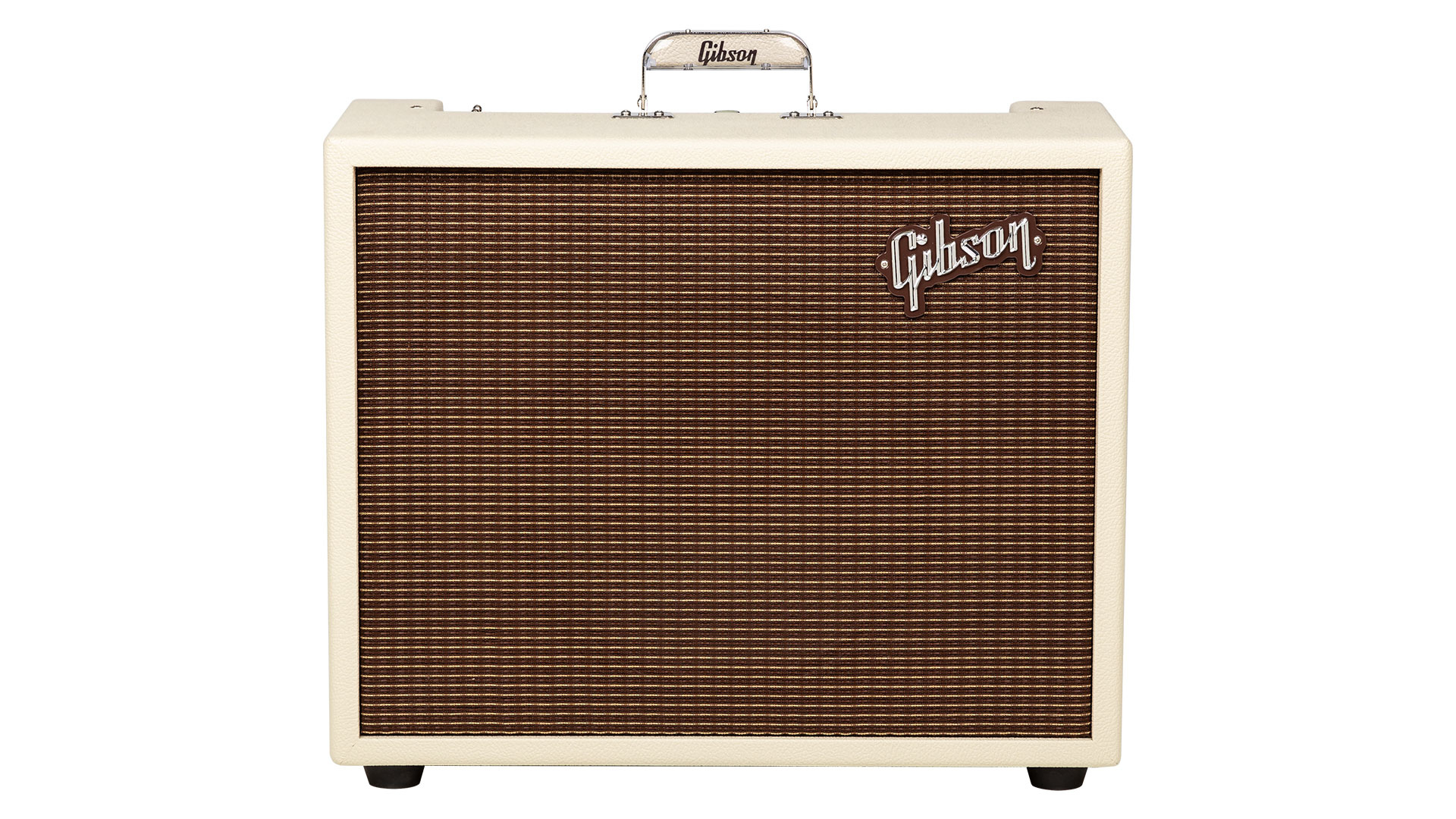
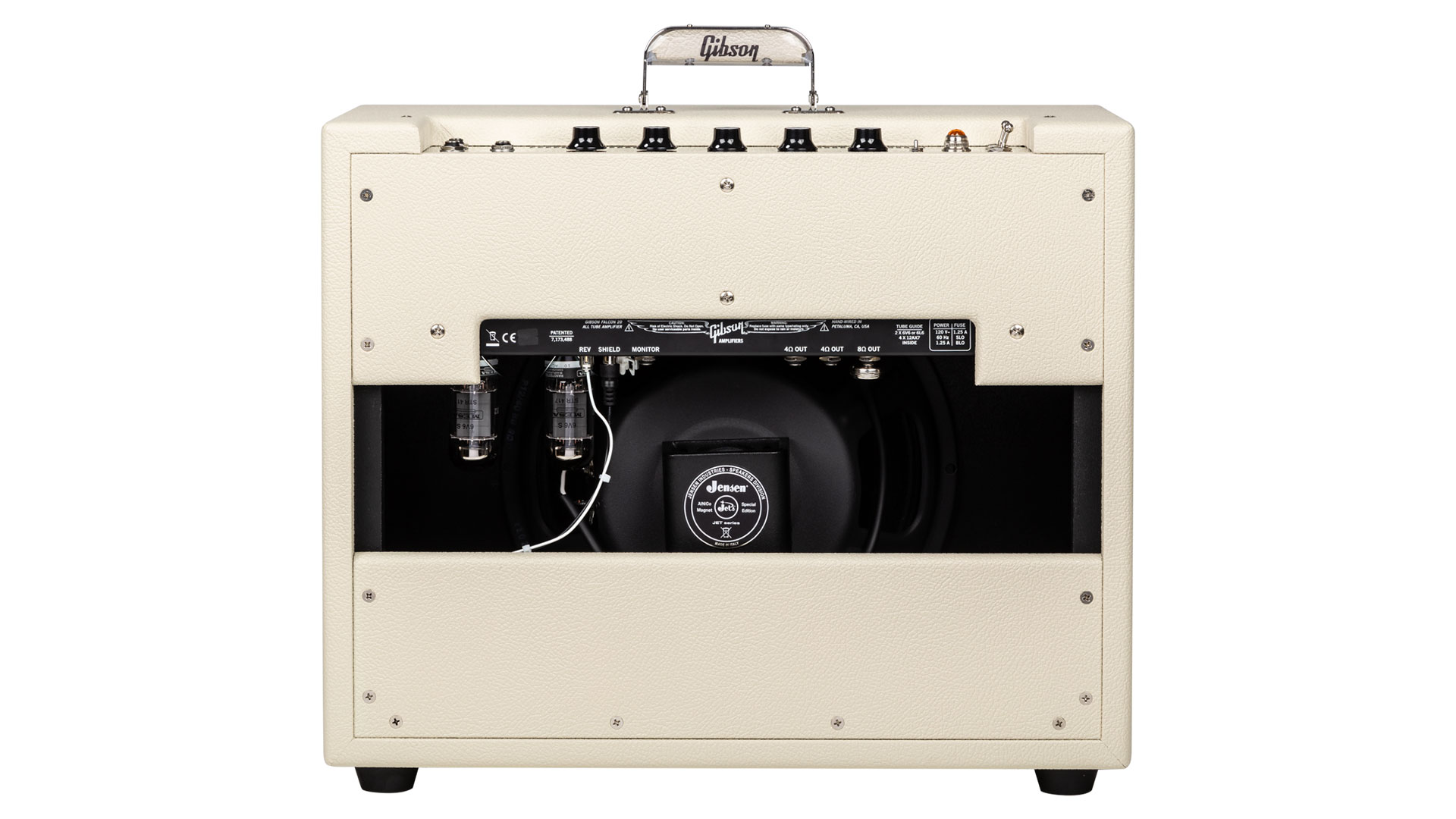
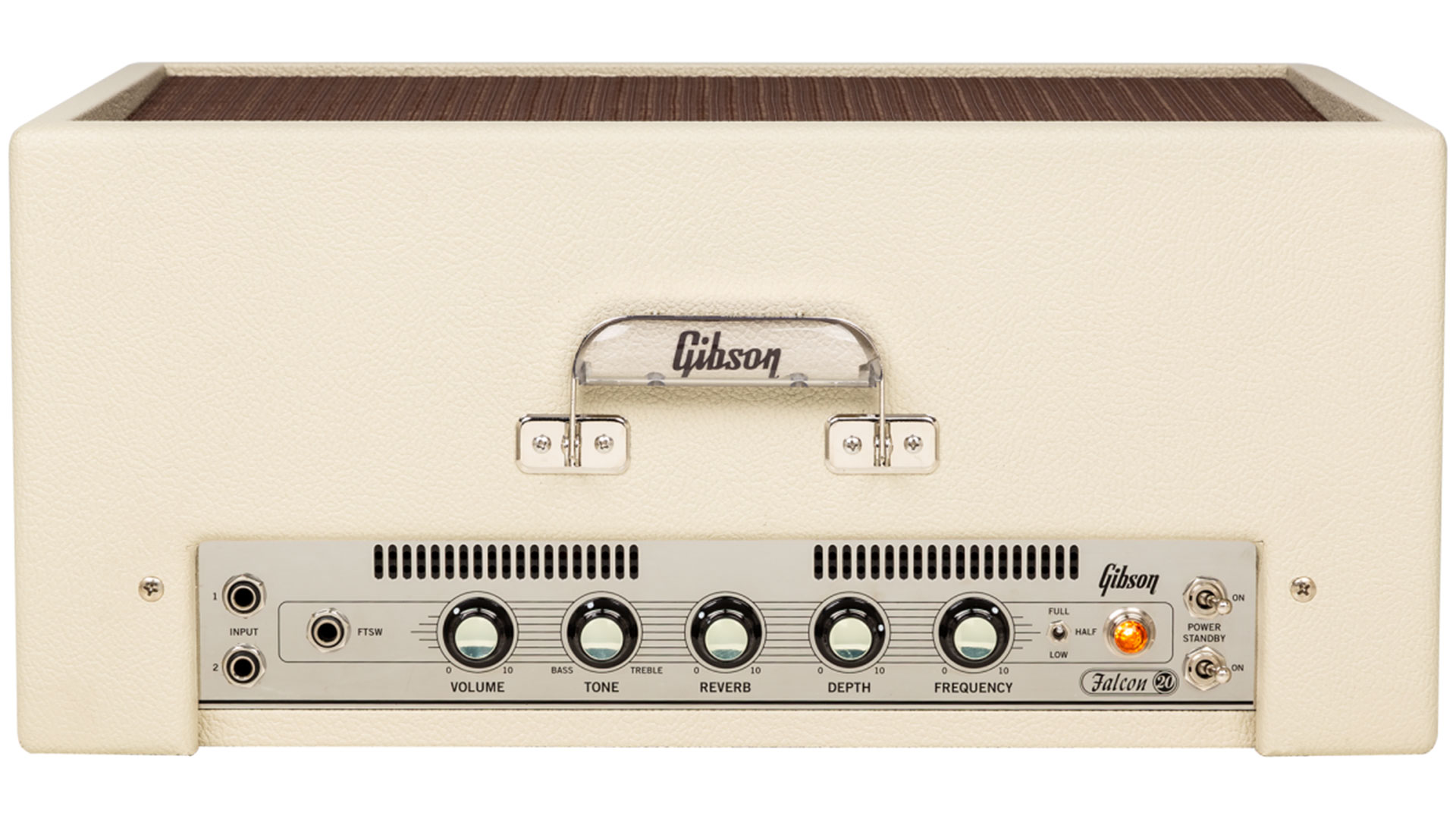
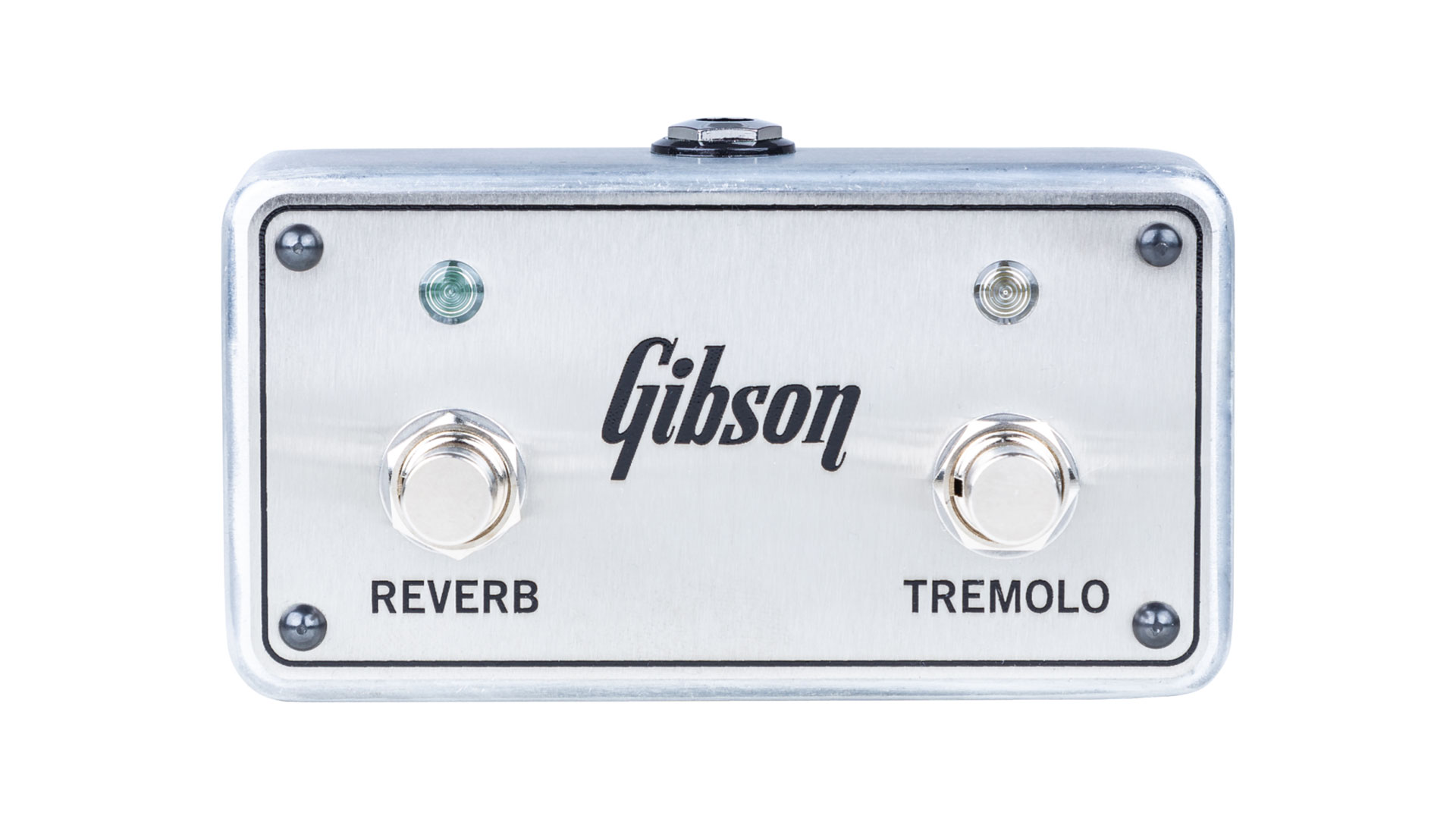
The Falcon 20 is based around a core of a 2x 6V6 power section, paired with a 4x 12AX7 preamp and a 12” Jensen Blackbird speaker (the traditional brand of choice in Gibson Falcons).
In addition, you get two inputs (the low option intended for hotter pickups or ultra clean types), plus a built-in spring reverb and tremolo circuit. The effects can both be engaged using the included two-button footswitch.
Elsewhere, the gleaming metallic control panel offers volume, tone, reverb, tremolo depth and frequency.
Of course, with an amp guru like Smith involved, the specs were always going to get an update and the new Falcons incorporate a few modern conveniences – not least built-in power attenuation, a fixed-attenuated DI monitor out and a few “constructional upgrades”.
By default, the attenuator will offer Full, Half or Low power, equivalent to a 12-watt, 5-watt and 1-watt outputs. We note the math does not fully work, given the aforementioned fractions, but this is tube land – where we work in approximations.
As Gibson points out, swapping the 6V6 power tubes out for 6L6s will open up the headroom and give you 15-, 6- and 2-watt attenuation options.
Falcon 5
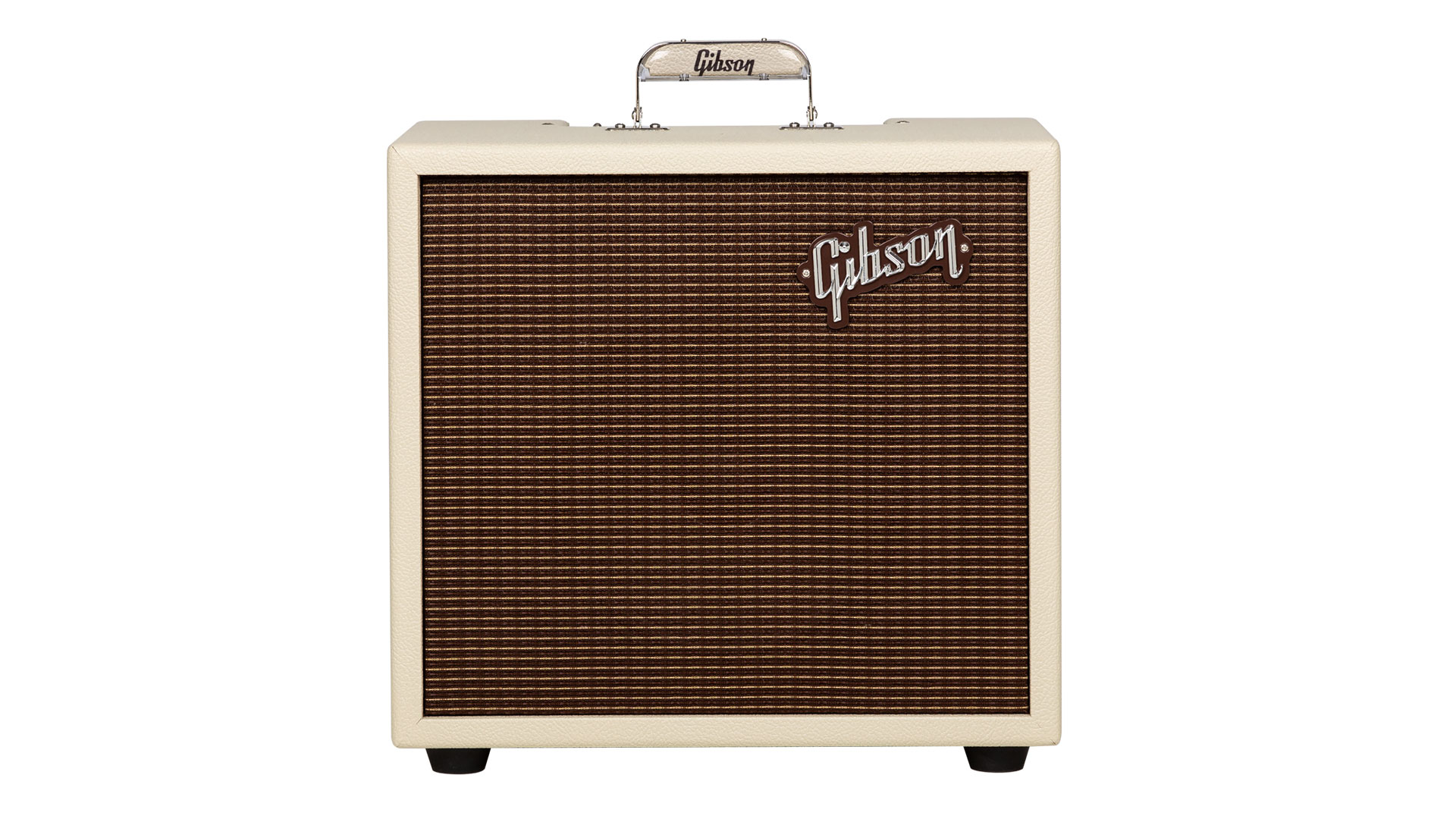
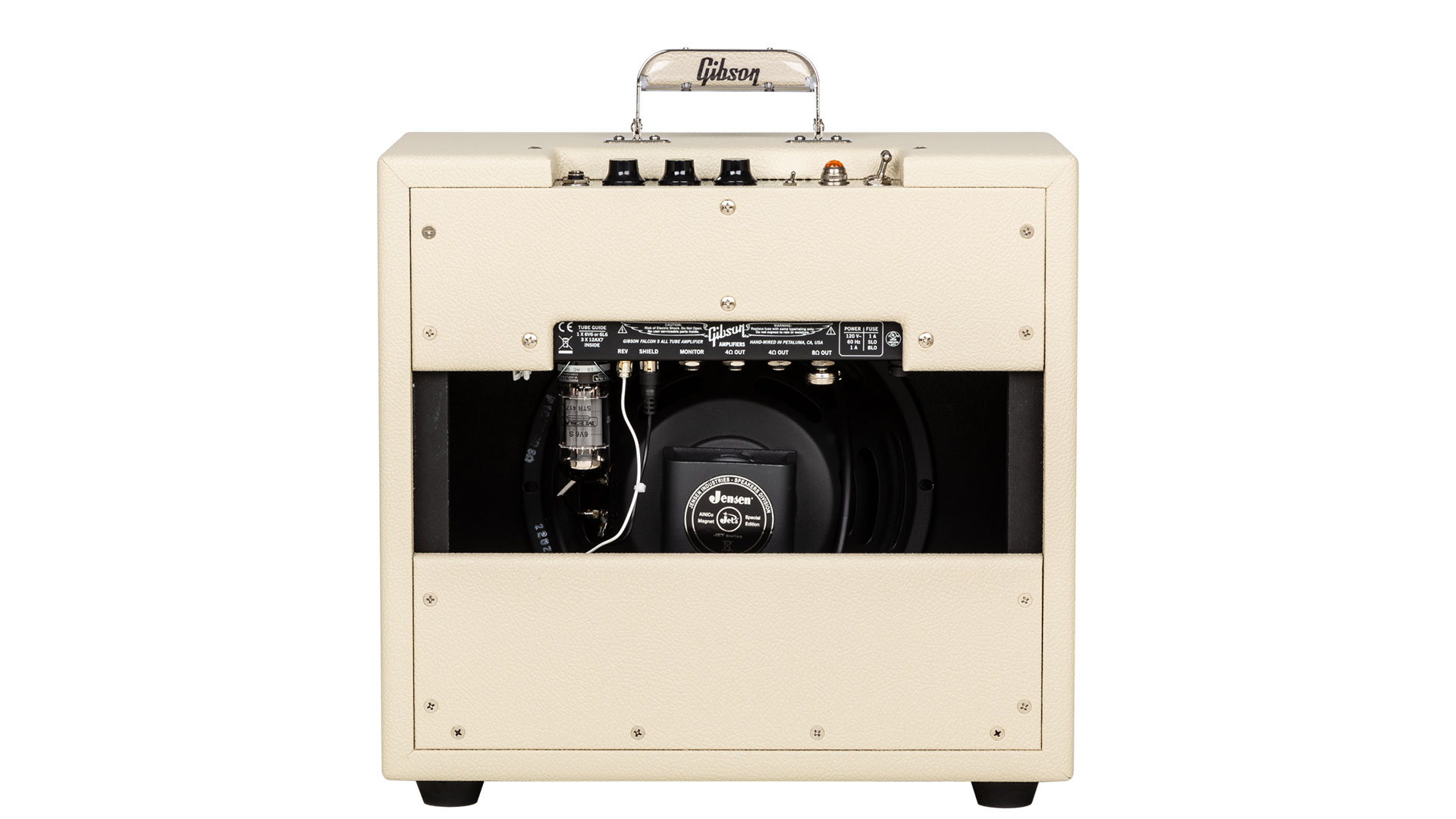
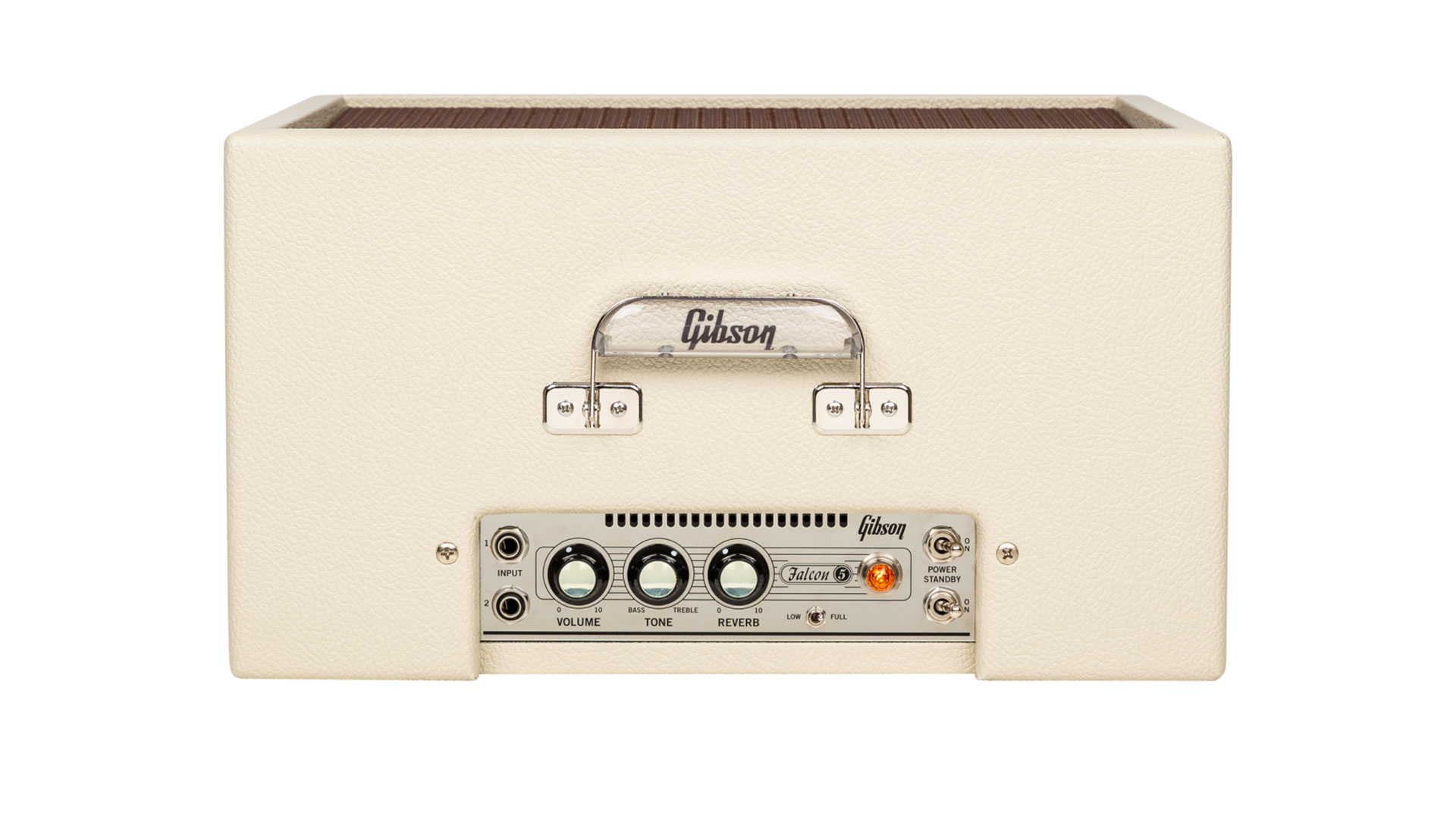
The Falcon 5, meanwhile, offers a reduced package, with a single 6V6 power tube and a trio of 12AX7 tubes in the preamp. You don’t get the tremolo circuit, but there’s still a built-in spring reverb, attenuator (with full 7-watt power, or 3-watts low power settings) and monitor out.
As is the norm with small tube combos, the lower wattage and 10” speaker will mean it hits the breakup point faster, but again, swapping in a 6L6 will add a little more headroom, with 8-watt full power and 4-watt low power options.
We’ve yet to try them out, but based on the initial clips, the specs and Smith’s reputation for quality, it looks like Gibson has nailed it.
These amps are clearly not trying to do everything and that’s largely the point. Aesthetics matter to tube amp buyers and Gibson has channeled something of its own into these.
Indeed, that clean, metallic sheen of the control panel and footswitch feels a world away from the digitized norm of 2024 – and we guess that’s the whole appeal here.
Alongside the simple spec list, the launch also tells us something about the broader Gibson Amps pitch, essentially: Mesa manufacturing quality in a vintage-style form factor.
Gibson Amps is clearly not trying to take out the Blues Junior, and instead comes across as well-positioned for the new inflation/tech-enforced era of tube amps as premium products.
Of course, a hand-built US tube amp is never going to be a budget buy in 2024, but the prices are well-pitched, coming in at $1,499 for the Falcon 5 and $1,799 for the Falcon 20.
That puts the Falcon 5 in the mix with the likes of Magnatone’s acclaimed 5-watt Starlite combo, which offers fewer features and a slightly lower wattage for the same price.
Likewise, if you look at Supro’s hand-built USA line, the closest thing to the Falcon 20 is the 25-watt Delegate, which comes in at $3,299.
Clearly, Gibson is able to benefit from Mesa/Boogie’s economies of scale and, as such, might well get a foothold in the competitive boutique-style tube amp market.
Perhaps more importantly, the launch also significantly diversifies the output of the Mesa team – giving it another string to its bow, as its traditional high-gain customer base is increasingly shifting to digital alternatives. Either way, it looks like a welcome return.
For more information on the Falcon 5 and Falcon 20 tube amps, head to Gibson.







